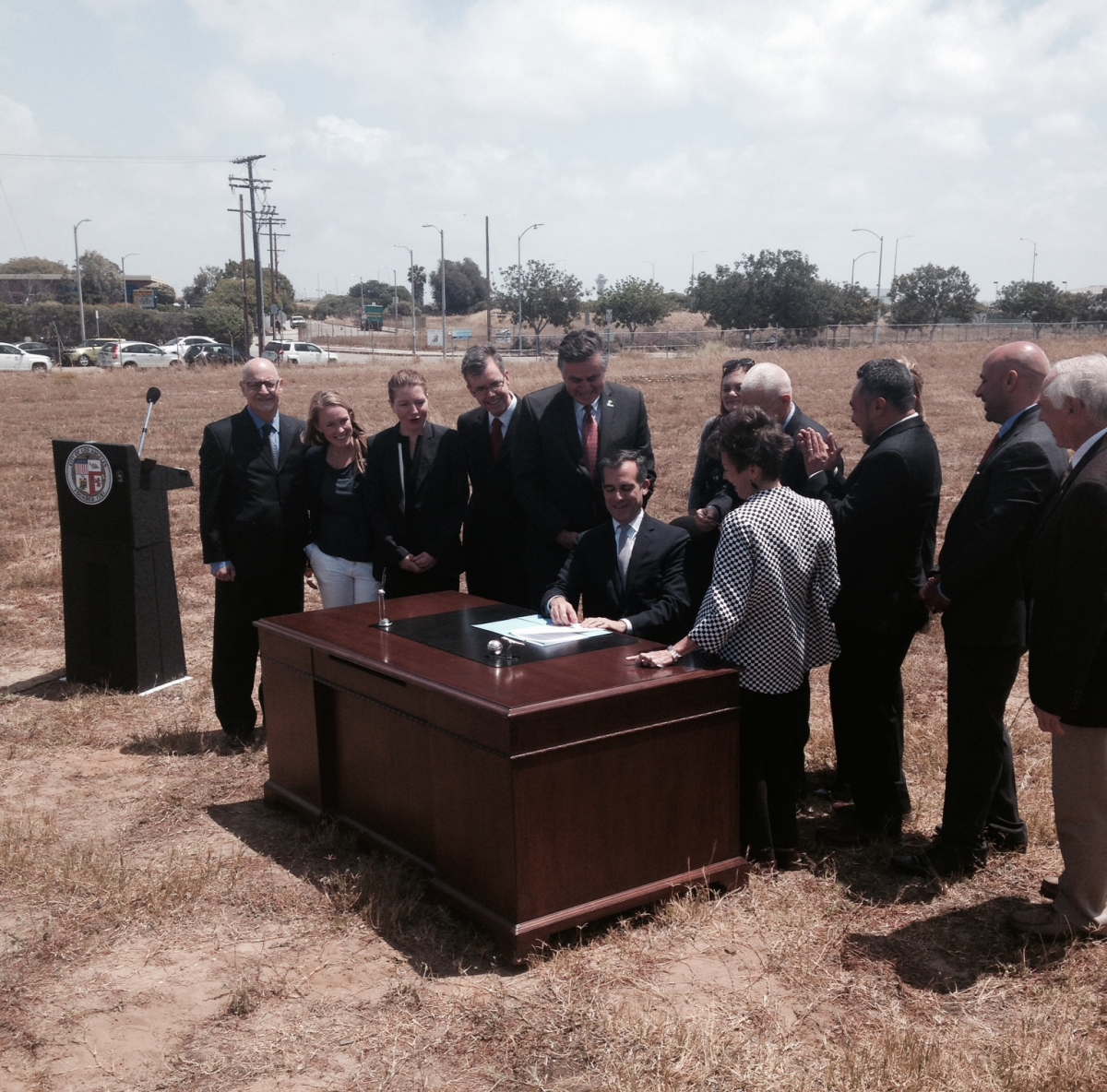Dana Murray, Heal the Bay’s senior coastal resources manager, taps her network to provide us with the latest news from the oil spill at Refugio Beach.
UPDATE as of Tuesday, June 30, 8:01 P.M. – Heal the Bay staff, along with environmental partners and dozens of community members, attended and testified at the California Senate Select Committee on the Refugio Oil Spill last Friday in Santa Barbara. The hearing featured testimony from Plains All-American Pipeline, which spilled over 100,000 gallons of crude oil into the environment, reaching beaches here in Los Angeles County. This is the largest coastal oil spill in California over the last 25 years.
State Sen. Hannah-Beth Jackson (D-Santa Barbara), chair of the Senate Select Committee on the Refugio Oil Spill, Assemblymember Das Williams (D-Carpinteria), and Assemblymember Mark Stone (D-Scotts Valley) held the joint oversight hearing to examine the causes, response to, and impacts of the Plains All-American Pipeline oil spill at Refugio.
During testimony from Plains All-American, a timeline of the initial response was revealed. The oil company did not alert the National Response Center about the spill until an hour and a half after company officials confirmed the pipeline rupture (and several hours after unusual pipeline activity was discovered). At the hearing, Mark S. Ghilarducci, director of the Governor’s Office of Emergency Services, said the Texas-based oil company did not meet state guidelines for reporting an oil spill, which should have occurred within 30 minutes of detecting the spill. A 911 call from the public, responded to by the Santa Barbara County Fire Department and State Parks, triggered the initial contact to the National Response Center and oil spill response efforts.
Representatives for Plains All-American Pipeline came off as evasive and unprepared at the hearing, and avoided answering most of the questions from Sen. Jackson and Assemblymembers Williams and Stone. One of the expert panelists at the hearing, Janet Wolf, chair of the Santa Barbara County Board of Supervisors, criticized Plains All-American and response officials for insufficient communication to the County and public about the spread of the oil and release of oil testing results and fingerprinting analyses. Discussion also centered on the lack of best practices, such as automatic shut off valves, employed at the pipeline.
Recent documents have been uncovered describing what firefighters described the oil spill as gushing from the coastal bluffs onto the beach like a firehose “without a nozzle.” The documents also revealed that initially Plains All-American suggested the spill was too big to have come from their pipeline. Plains has reported that about 21,000 gallons of crude oil reached the ocean from the pipeline burst, but no one has confirmed that number, and we are among many who fear that the volume reaching the environment was much larger. Homeowners in Santa Barbara have also sued Plains All-American for the oiled beaches and unsatisfactory clean-up efforts near their homes. Criminal and civil investigations into the oil spill are underway by the state Attorney General.
Thanks to the many community members and environmental groups from throughout Southern California that came out to raise concerns and to comment at the hearing. Heal the Bay staff testified about linkage between oil deposits littering Los Angeles beaches and the Plains spill. We requested a throughout investigation also be conducted of all oiled beach reports in Southern California, so responsibility can be assigned.
Although reports are less frequent than in late May and June, we are still receiving documentation of unusual oil deposits at local beaches. If you do encounter oil along the beach, please report it to the National Response Center at 1-800-424-8802
UPDATE as of Thursday, June 11, 2:41 P.M.
The oil cleanup and response is still underway in Santa Barbara, led by the Department of Fish and Wildlife’s Oil Spill Prevention and Response Unit and the U.S. Coast Guard. As of Tuesday, June 9, 2015, the Oiled Wildlife Care Network reported 161 dead birds and 87 dead marine mammals, with 60 oiled birds and 46 oiled marine mammals rescued and undergoing treatment and care.
Report abnormal amounts of oil to the National Response Center: 1-800-424-8802
Report oiled wildlife sightings to the Oiled Wildlife Care Network: 1-877-UCD-OWCN.
UPDATE as of Thursday, June 4, 11 A.M.
Over two weeks have passed since the initial spill of oil at Refugio Beach, but the wildlife death toll continues to rise, as has the spread of oil. As of today, almost 300 oiled animals have been recovered. This includes 173 oiled seabirds, including 20 different species (115 dead, 58 alive). Equally sad, 100 oiled marine mammals have been recovered (58 dead, 42 alive), including 12 dead, oiled dolphins. Although the numbers for others animals are unknown, the impacts have likely been much larger to such populations as fish, lobster, abalone, and crabs that live in tidepools and kelp forests along the spill zone. Heal the Bay’s marine scientists will be joining a small research dive team in Isla Vista to document oil underwater in the Campus Point marine protected area next week.
Meanwhile, reports of oiled beaches in Southern California grows every day, possibly due to the Refugio spill. Four miles of the Long Beach coastline is now closed as cleanup crews began to remove blobs of oil on the beach. We are still awaiting official results from the U.S. Coast Guard and NOAA on initial oil sample sourcing to confirm whether the oil spreading from Ventura to Orange County is from the Refugio oil spill or a different source. Oil in the ocean is weathered by wind and waves and broken up into smaller tar balls which can spread for hundreds of miles in the ocean. In the meantime, Heal the Bay has deployed our staff scientists to collect samples and document the oil on our L.A. beaches, which we hope to send off for chemical testing to aid in source identification.
On the policy front, Heal the Bay is working with a coalition of environmental groups to help pass SB 788, which is one step closer to law, as SB 788 just passed out of California’s State Senate yesterday. Big thanks to the public for showing support via a petition we circulated the day after the oil spill! In addition, our coalition is submitting a letter to the Governor to restore the CA Coastal Act. When the Governor issued a Proclamation of a State of Emergency, which is beneficial in that it provides necessary funding and resources to respond to an emergency such as this oil spill, the Governor’s proclamation also suspended the California Coastal Act, which may have its own repercussions. There are other science and policy actions in play, and we’ll keep you apprised.
UPDATE as of Tuesday, June 2, 12:20 P.M.
Via the Refugio Response Joint Information Center: Nearly 300 volunteers have been trained as oil spill responders and more than half of those were deployed for beach cleaning activities. Volunteers contributed more than 1,700 hours and removed 205 bags of oily waste.
**The graphic at left is OWCN’s latest tally of oiled animals. It’s a sad milestone: For the first time since the oil spill, today’s report has more dead wildlife recovered than alive.
Heal the Bay will continue to keep you posted.
UPDATE as of May 27
It’s been a week since the oil spilled along the Santa Barbara coast at Refugio Beach, and many questions are still rolling in, some more easy to answer than others. Heal the Bay is sending staff up to Santa Barbara to help with the cleanup efforts this week, so we’ll be sure to share our eyewitness accounts. In the meantime, here’s an update on the latest developments.
What will the impacts be to California’s wildlife?
As the oil spill oozes along our coastline, globs of the viscous black goo are getting caught in the canopies of our kelp forests and in the nooks and crannies of rocky tidepools along the Santa Barbara coast. We’ve already seen the first wildlife victims of the oil spill. Brown pelicans who dive headfirst into the ocean to catch fish are some of the first animals to show up on beaches doused in black oil, as well as sea lions who swim through the oily surface of the water to take a breath or surf in black gooey waves to get to the beach to rest. It takes time to calculate an oil spill’s impact on wildlife. Scientists are just now documenting the mortality to dolphins due to oil in the Gulf of Mexico five years after the BP oil spill.
The Santa Barbara Channel is a unique area where warm water from Southern California converges with cold water from Northern California. So we see a mix of both northern and southern species living within giant kelp forests and rocky reefs along the Santa Barbara coastline and islands. Santa Barbara’s giant kelp forests are home to animals like the California spiny lobster, sea fans, and rockfish, as well as marine mammals like sea otters, seals, and whales. Many of these kelp forests, such as those at Naples Reef and Isla Vista, are part of California’s network of state marine protected areas (MPAs). Groups such as PISCO and Reef Check California have been monitoring marine life along the Santa Barbara coastline for years, so there will be a good baseline of pre-oil spill marine life to compare to post-oil spill marine life, which should give us an idea of how marine life populations change following this ecological disaster. With UCSB just down the coast, several faculty and researchers have jumped into action, helping with a variety of impact assessments from predicting the oil spread to evaluating wildlife impacts.
In addition to the oceanic impacts, beach wildlife downcoast from the spill are also starting to show impacts from oil. After washing up on beaches, kelp provides a food source for arthropods, which are in turn preyed upon by shore birds like snowy plovers and terns. Snowy plovers nesting and feeding along sands beach in Goleta have already been documented with oil on their feathers following the spill at Refugio. When small animals ingest oil they may die or get eaten by larger wildlife, with those oil toxins bioaccumulating up through the food chain. Toxins can directly affect the reproductive systems of animals, so ocean wildlife populations need to be monitored carefully to scout for oil spill related impacts.
How can I help save oiled animals?
Oiled wildlife, especially birds and marine mammals, are mobile and can move beyond the oil spill area. Oiled pelicans have already showed up dozens of miles south of the spill in Santa Barbara Harbor. Please report oiled wildlife to the Oiled Wildlife Care Network at 1-877-823-6926. Provide the best description you can of the animal and location so trained teams can rescue and rehabilitate the wild animal.
How can I help with cleanup efforts?
As of June 3, volunteers are no longer being requested to assist in the Refugio cleanup. Any change in volunteer needs will be posted on Cal Spill Watch’s page.
If you are visiting a beach and spot oil blobs, globs or unusual amounts of tar, please call the National Response Center at 1-800-424-8802.
With attention focused on Refugio Beach, it’s important for the public to monitor other beaches in Santa Barbara and Ventura County for signs of oiled wildlife or oil, as well as to help track movement of the oil slick and impacts of the spill. Our colleagues at Santa Barbara Channelkeeper have already developed a system to report the status of Santa Barbara beaches and help document spread. If you would like to help with this volunteer reporting effort, please take photos of oil impacted and non-impacted beaches from Gaviota to Santa Barbara. Landscape photos of the beach are most helpful to show the extent of oil accumulation or cleanliness of the beach. Send photos, the location, time and other relevant observations to ben@sbck.org. This data is being compiled and shared with agencies to help inform cleanup efforts.
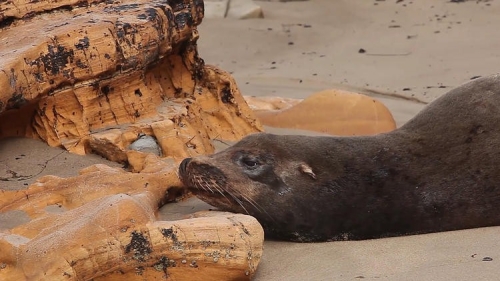
Will the oil make its way down to L.A.?
When the Refugio spill happened, government experts said preliminary projections indicated that it was unlikely that oil from Santa Barbara would make its way to Los Angeles County. After all, the much larger oil spill off Santa Barbara in 1969 reached Ventura but not Santa Monica Bay, according to maps from the time. However, the recent 7-mile closure of South Bay beaches now littered with oil patties has raised questions about possible connections between the two incidents. Definitive testing by the U.S. government is now under way but will take some time to be concluded.
Closer to home, a tanker-caused 21,000 gallon oil spill (the same amount estimated to reach the ocean during last week’s Refugio spill) that originated in El Segundo at the Chevron Marine Terminal in 1991 reached as far northwest as Malibu Lagoon, which is about 20 miles away. Though it’s still to be determined if we are seeing oil from the Refugio spill here in Los Angeles, oiled wildlife may show up on our beaches in the coming days and weeks. Any oiled wildlife should be reported to the Oiled Wildlife Care Network immediately.
You can rest assured that Heal the Bay will remain vigilant about watchdogging oil along the shores here in L.A. County and trying to make sure similar things don’t happen here to the best of our ability. You may recall that we helped lead the effort to defeat a ballot proposal to begin oil drilling underneath the seafloor in Hermosa Beach this year.
Can regulations be improved to prevent a similar spill in the future?
Oil spills are inevitable, no matter how strong the regulations are and advanced the technology may be. Unfortunately, a huge oversight gap has been identified in the management of the Plains All American Pipeline that caused the oil spill at Refugio. It’s critical that spill prevention, notification, and rapid response measures are in place and functioning to minimize the impacts associated with an oil spill. Regulatory oversight of the Plains All American Pipeline shifted from the federal to state level in the past few years, without any County control. This incident should be a crude awakening that both federal and state pipeline regulations should require emergency measures, such as shut-off valves and alarm systems to prevent massive spills in the future.
While the Refugio spill originated from an onshore pipeline, we urge you to sign a petition launched by our partners at the West Marin Environmental Action Committee to pass SB 788, banning future offshore drilling into California state waters from federal land.
Here’s a link to the petition–please sign and share!



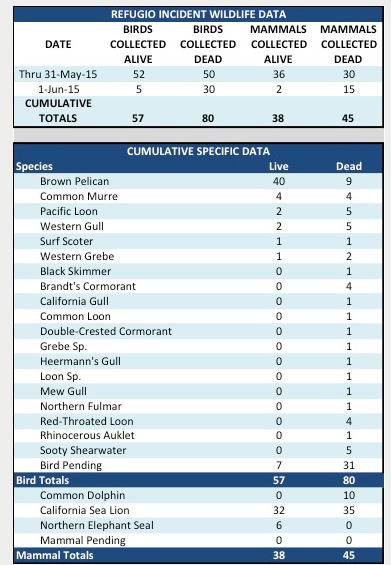

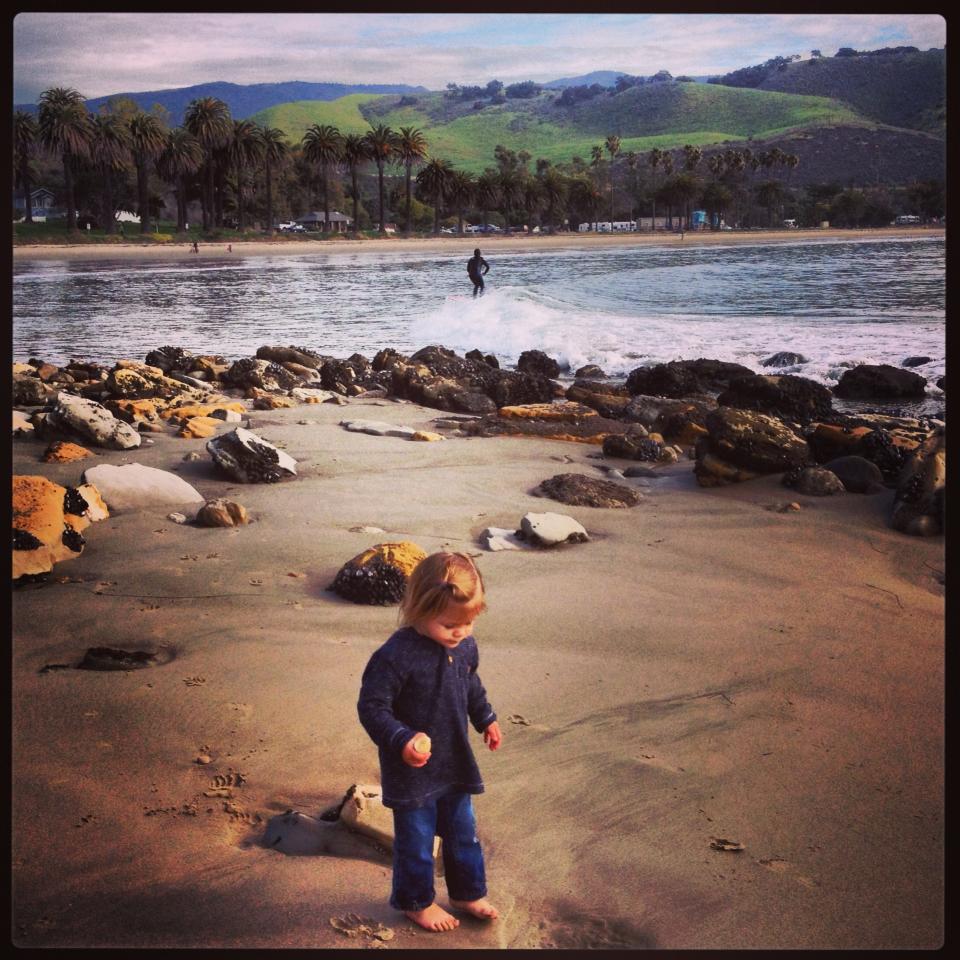

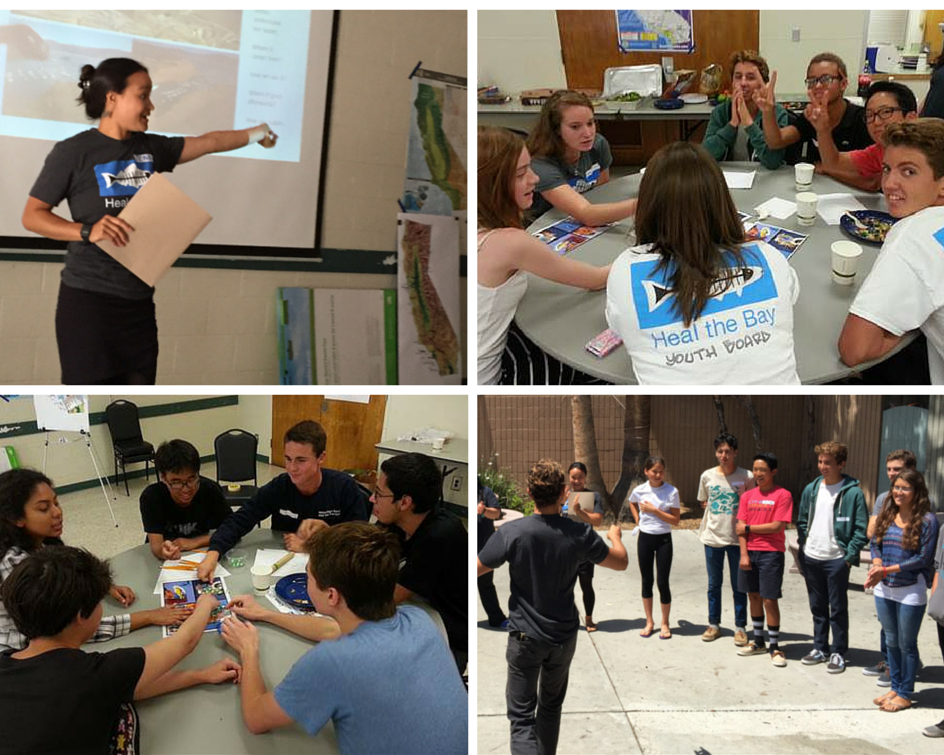



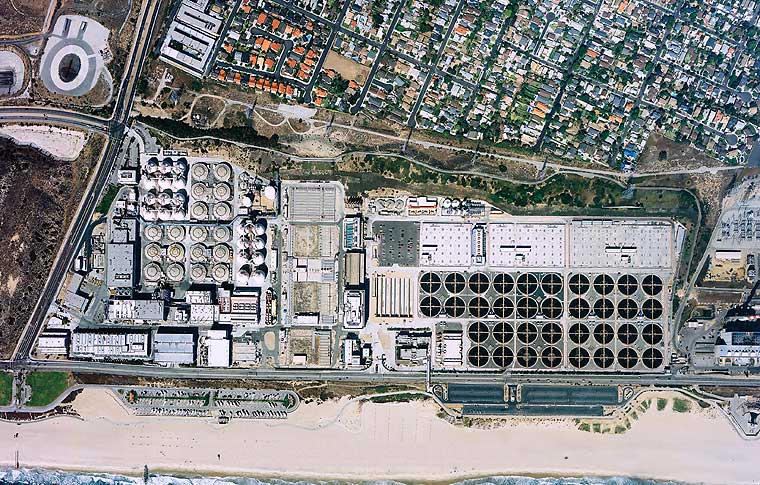
 Salmon are born in fresh water, travel to the ocean in their adult life and return to fresh water to lay eggs. They are a keystone species, meaning they play an important role in the nutrient-starved ecosystems where they spawn. When the Pacific salmon die, the nutrients in their body that they obtained from their lives out in the ocean are released into the Arctic, beginning the explosion of life that occurs during the spring and summer months. Without these nutrients the Arctic ecosystem would be unable to function properly.
Salmon are born in fresh water, travel to the ocean in their adult life and return to fresh water to lay eggs. They are a keystone species, meaning they play an important role in the nutrient-starved ecosystems where they spawn. When the Pacific salmon die, the nutrients in their body that they obtained from their lives out in the ocean are released into the Arctic, beginning the explosion of life that occurs during the spring and summer months. Without these nutrients the Arctic ecosystem would be unable to function properly.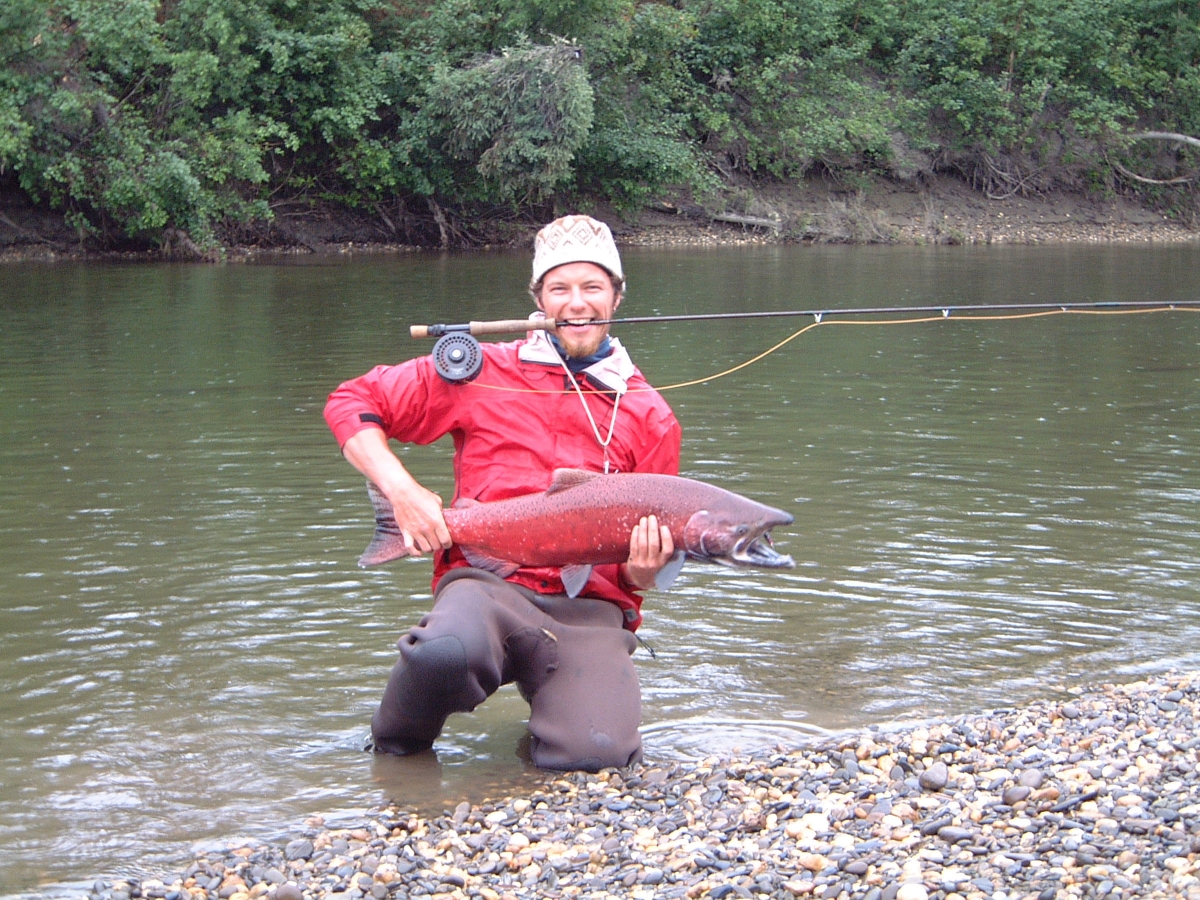
 Sincerely,
Sincerely,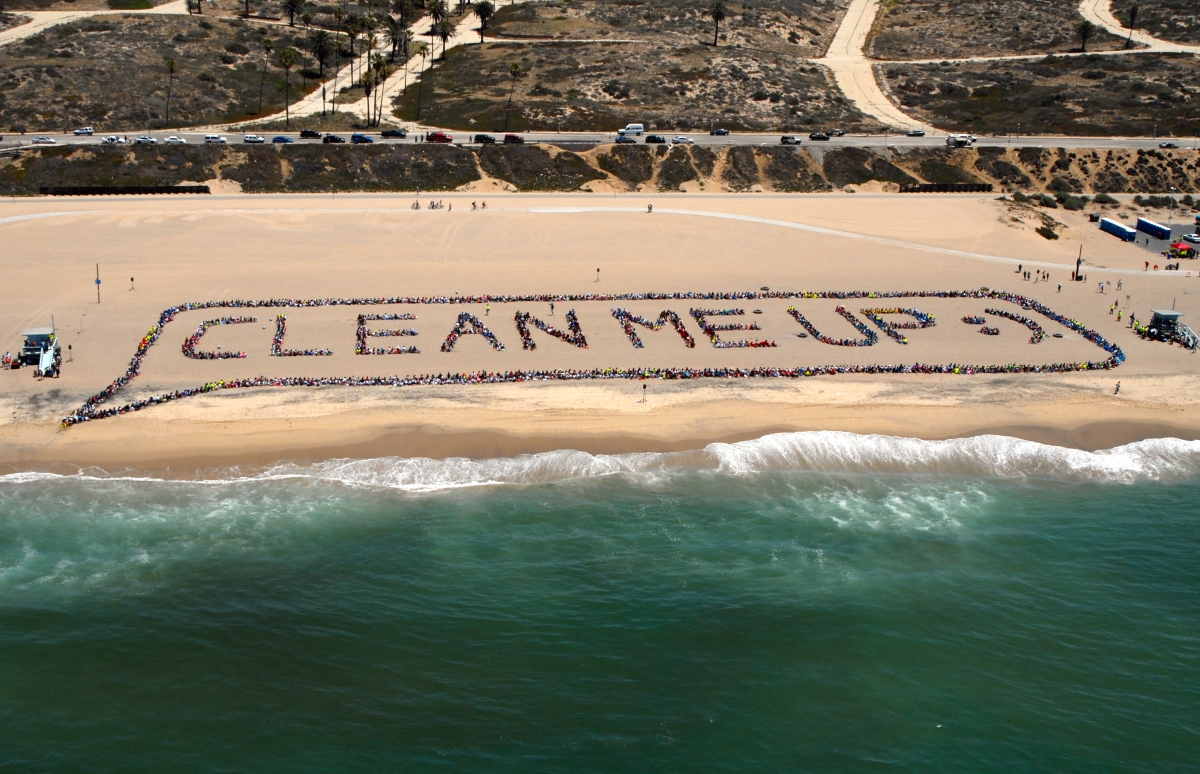 Kids Ocean Day from above. Photo Credit: Jeff Pantukhoff, Spectral Q, Kids Ocean Day
Kids Ocean Day from above. Photo Credit: Jeff Pantukhoff, Spectral Q, Kids Ocean Day